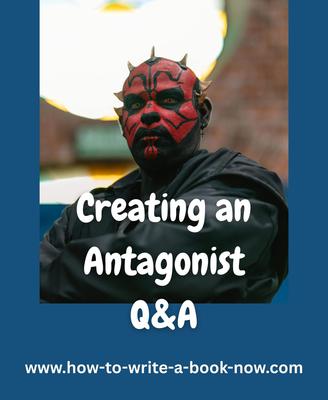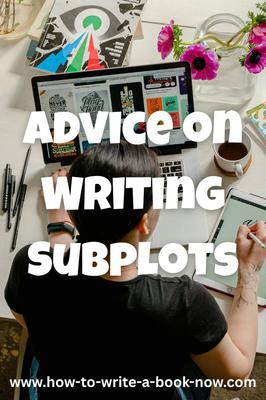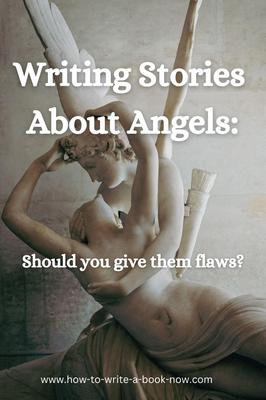How to plot a character-driven story
by Roger
(Brazil)
Question: I recently found out that I am more of a plot driven story teller. Before, when I think of an idea for a story, I tend to think of the plot first, and then create characters based on that plot. I guess that's because I used to read a lot of mystery stories before. However, I realized that the characters I've created are rather flat and not that memorable.
Recently I've been reading character driven stories, and I thought that the characters are really interesting. And the plot of those stories are not bad at all. So I decided to try out creating characters first and then think of a plot based on those characters. But I found it harder than I thought. I guess I might be experiencing another kind of writer's block.
So my question is, can you give me some tips on how I should plot a story based on characters that I've created? I hope that you could help me on this. Thank you very much. :)
Answer: Character-driven plotting can be much more complicated, which is why so many authors who write them tend to be pantsers (i.e. they don't plan so much but write "from the seat of their pants" and let the characters dictate the direction of the story). Of course, they may need to do a lot more revision later to find the plot.
Your first step is to develop your understanding of the characters, so you have a holographic sense of who they are and how they will behave. You may want to write detailed character sketches and backstories.
You will still have a
A well-developed POV character's arc should look like this...
Initial approach --> Growth (pressure to change) --> Personal Crisis (decision whether to change) --> judgement (good/bad resolution of inner conflict)
This arc should reflect the progression of the character's inner conflict.
An impact character (who gives the POV character an example of another approach) will have his/her own arc that looks similar, except that we don't see inside his/her head.
The relationship between a POV and an impact character will also have its own arc along the lines of...
Initial relationship --> deepening relationship --> relationship crisis/pinnacle --> Resolution (how the relationship stands at the end)
As for secondary characters, you might think of giving each an...
Introduction: an event that establishes who the character is when we first see him/her.
Dismissal: an event that shows how the character ends up.
In between, characters will have relationships/interactions with each other. You can take any relationship and give it its own arc along the lines of...
Setup: how the relationship is established
Interaction: how the characters either conflict, help, hinder, need, or gift each other.
Resolution: how the relationship stands in the end.
The advantage of thinking in terms of arcs is that the arc creates an emotional pull that drives the characters and the story. The reader wants to see what happens the next time the characters interact and what happens to each person in the end.
Comments for How to plot a character-driven story
|
||
|
||
|
||
- Home
- Plot Questions
- How to plot a character-driven story















